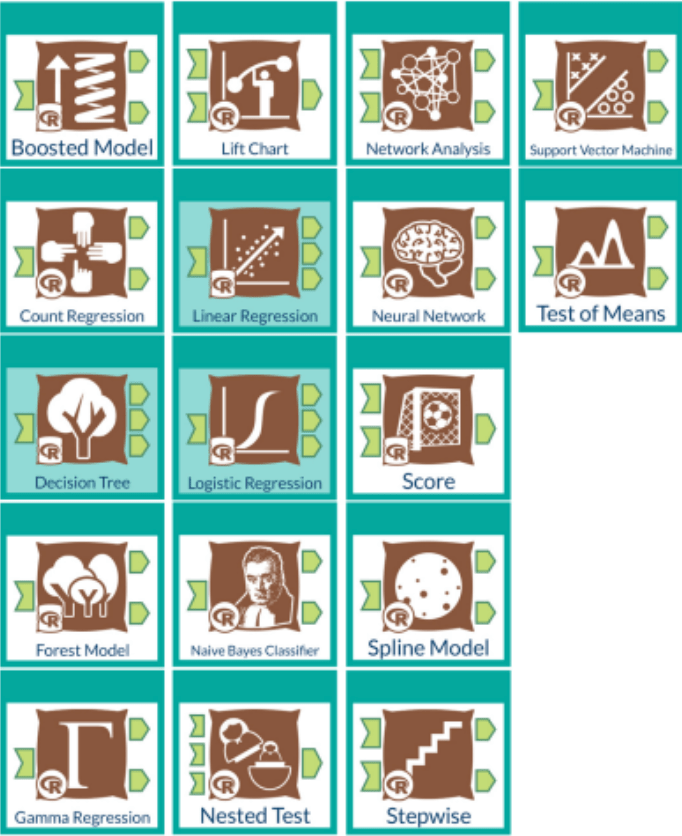Using your data to predict the future!
Predictive Analytics using Machine Learning Algorithms
Do you want to stay ahead of the competition by making informed decisions about the future? Predictive analytics using machine learning algorithms can be a powerful tool to help you do just that.
What is predictive analytics?
Predictive analytics involves using data and advanced computer programs, known as algorithms, to make predictions about future events. This can be incredibly valuable for businesses, as it allows you to make more informed decisions about a wide range of topics. This can range from pricing and marketing strategies to identifying new business opportunities. For example, let’s say you own a restaurant and you want to predict which dishes will be popular next month. By analysing historical data on customer orders, you can use predictive analytics to identify trends. This will allow you to make more informed decisions about which dishes to feature on your menu.
What exactly does Machine Learning Algorithms mean?
Machine learning algorithms are a specific type of computer program, that can be supervised or unsupervised. As we are looking to predict based off our known historical data, we look at supervised machine learning. The supervised learning algorithms have two main processes to create outputs, called regression and classification. Classification looks at discrete values like categories, e.g., spam or not spam for email classifying. Regression looks at continuous values, e.g., estimated house price or customer spend. These algorithms can be very beneficial as they learn and improve automatically as new data is inputted. This means for your business, the predictions will continuously update and become more accurate with time. This gives you the opportunity to make more efficient business decisions.

How can you apply this to your data?
With Alteryx Designer, you can easily and quickly build and deploy predictive models. The best part is you don’t need any specialised coding skills or advanced statistical knowledge. Alteryx has a range of predictive tools that can effectively evaluate data to produce predictive outputs for issues that you may be trying to solve.

Next steps…
This blog is an introductory piece for a further five part blog series. Within this series, I’ll walk you through the steps of using Alteryx Designer’s predictive tools in reference to a project that I have worked on during my time at The Information Lab as an intern. This project looked at whether weather data could be used to predict an accurate number of automotive breakdowns / accidents in and around Amsterdam. Therefore, along with the steps needed to conduct a predictive analytic project using machine learning, examples will also be provided. These steps include importing your data and selecting the right machine learning algorithm, training and evaluating your model, and finally deploying it for real-world use.
By the end of the series, you should be able to understand the full potential of your data and how predictive analytics and machine learning can drive improved business results. If that sounds like something you would be interested in, keep your eyes peeled for the first blog of the series coming soon on our website: https://www.theinformationlab.nl/en/blogs/.

